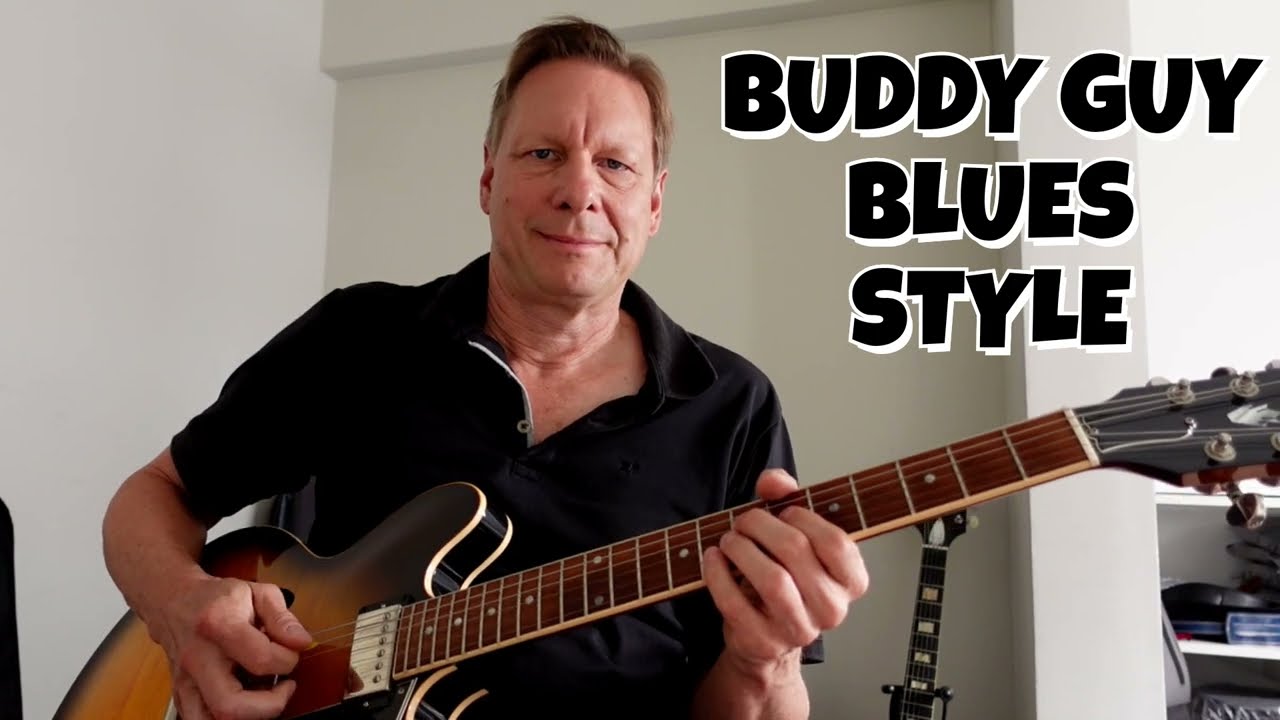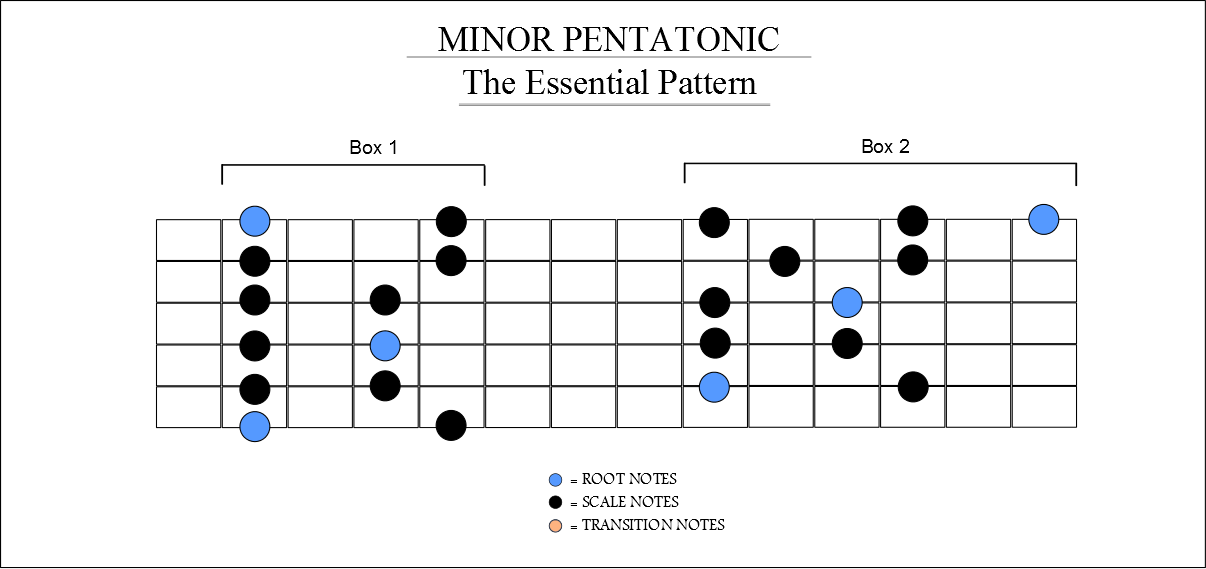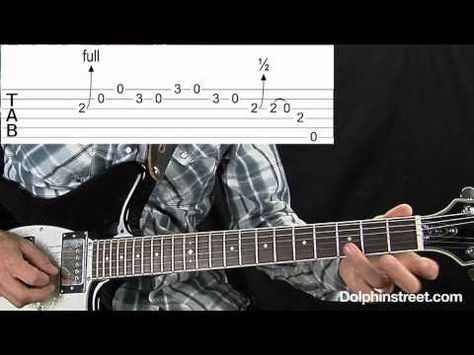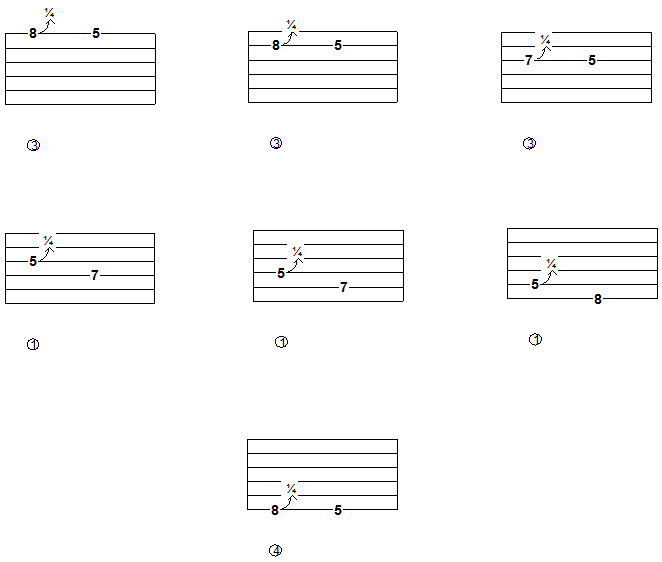Capturing Buddy Guy’s unique blues guitar phrasing and feel is a challenge many intermediate guitarists face. You might know the A minor pentatonic scale inside out, but somehow, that signature Buddy Guy vibe—the way he bends, pauses, and bursts into rapid-fire licks—remains elusive. This article is your hands-on guide to mastering the practical blues guitar techniques and phrasing insights that make Buddy Guy’s style so iconic. No abstract theory or history detours here—just step-by-step methods and real musical examples designed to get you playing with that authentic Buddy Guy flair.
Key Takeaways
- Master Buddy Guy’s phrasing by focusing on rhythmic groupings and scale shapes within a few frets – Helps you internalize his style practically without overwhelming theory
- Use repetition and interplay of major/minor pentatonic scales to create authentic blues moods – Enables you to apply tonal tension techniques effectively
- Embrace imperfection and spontaneity to preserve the raw feel of Buddy Guy’s playing – Encourages creative expression and personal style development
Understanding Buddy Guy’s Blues Style: Phrasing and Scale Foundations

Before diving into licks and techniques, it’s essential to grasp the core building blocks of Buddy Guy’s blues guitar style. At its heart, Buddy’s playing is less about flashy speed and more about expressive phrasing and rhythmic feel. He masterfully uses a handful of scale shapes, primarily the A minor pentatonic shapes 1 and 2, to craft melodies that sing with emotion and tension.
His phrasing often revolves around rhythmic groupings within just a few frets, creating a conversational feel—like he’s telling a story note by note. He contrasts held, soulful notes with bursts of rapid triplets, generating dynamic tension and release that keeps listeners hooked. This approach emphasizes feel over technical complexity, making his style approachable yet deeply expressive.
Buddy Guy’s career, spanning decades from Chicago blues clubs to international stages, shaped this unique approach. He learned early on to make every note count, using space and rhythm as much as pitch to communicate emotion.
Metaphorically, consider the minor pentatonic scale shapes as “building blocks.” By rearranging and combining these blocks within a small fretboard area, you can construct different moods and blues phrases without getting overwhelmed by the entire neck. For those eager to explore these foundations further and see how they translate into real-world playing, how to play blues like Buddy Guy offers a step-by-step guide that breaks down his signature phrasing and scale patterns into practical exercises.

Buddy Guy Style Blues Guitar Lesson – Phrasing and Scale Foundations
Step-by-Step Breakdown of Buddy Guy’s Signature Blues Licks

Now, let’s get practical. Below are four signature Buddy Guy blues guitar licks analyzed and broken down step-by-step. Each lick demonstrates key aspects of his phrasing, scale usage, and rhythmic feel. Take your time to learn each, focusing on groove and expression over speed. For those looking to expand beyond these licks, how to play blues like Buddy Guy offers a comprehensive guide that dives deeper into his style and techniques, making it a perfect companion to this breakdown.
Video tutorial: Buddy Guy Blues Lick
Example 1: Switching Between A Minor Pentatonic Shapes 1 and 2 with Major/Minor Interplay

This lick smoothly moves between shape 1 (fret 5 position) and shape 2 (fret 8 position) of the A minor pentatonic scale while incorporating the major pentatonic note (C#) for tonal contrast. This major/minor interplay adds emotional depth, and for those interested, there’s a detailed explanation on how to mix the major and minor pentatonic scales that can really deepen your understanding of this technique. Repetition here sets a moody, hypnotic vibe.

Video tutorial: Switching Between Major and Minor Pentatonic Scales
Example 2: Introducing Faster Triplets Within Shape 1

Here, Buddy’s signature rapid triplet bursts come into play. This lick stays mostly in shape 1 but adds quick triplet runs on the B and G strings. The focus is on feel—the groove—not absolute technical perfection. If you want to understand how triplets fit into rhythm and build your own muscle memory, this detailed guide on triplets on guitar offers clear explanations and practical exercises to help you master them.

Video tutorial: Slow Blues Triplets Inside Of Triplets
Example 3: Repeated Bends and Tricky Position Switches

This lick showcases repeated expressive bends combined with quick shifts between positions, a hallmark of Buddy’s spontaneous style. Notice how the bends aren’t perfectly in tune every time—this imperfection adds to the raw emotional feel. For guitarists looking to capture that same vocal-like expressiveness, developing your bending technique is key. Practicing targeted bending exercises for guitar can help you master the fluidity and subtle pitch variations essential to this style.

Video tutorial: Mastering Blues String Bending
Example 4: Complex Phrasing with C# and C Natural Interplay
This advanced lick uses both the major third (C#) and the minor third (C natural) to create a rich blues tension. Buddy often plays with these notes to express different moods within the same phrase, showing there’s no single “correct” way to phrase a blues lick.

Exploring Buddy Guy’s Album Styles: Practical Listening and Application
Understanding Buddy Guy’s blues guitar techniques also means hearing how he applies them across different album styles. Listening actively to these recordings helps you connect technique to musical context.
Left My Blues in San Francisco: Cleaner, Soulful Sound
This album features a more polished, soulful tone with clear phrasing. Notice how Buddy uses space and dynamics here, often letting notes ring and breathing between licks.
Damn Right, I’ve Got the Blues: Rock Arrangements and Brass Backdrops
Here, Buddy’s playing adapts to fuller rock arrangements with brass sections. His phrasing becomes punchier, and the use of rhythmic triplets and bends stands out amid the energetic backdrop.
The Blues Don’t Lie: Raw Guitar Edge and Polished Rock Sound
This album blends raw blues guitar grit with a polished rock sensibility. Buddy’s phrasing is spontaneous yet precise, showing how his techniques evolve while staying true to his roots.
Think of these albums as “blueprints” illustrating different ways to build on Buddy Guy’s core blues guitar style, giving you practical templates for your own playing.
Making It Your Own
Mastering Buddy Guy’s blues guitar style is less about copying every note perfectly and more about embracing the feel, phrasing, and tonal interplay that define his sound. Use the scale shapes, rhythmic groupings, and licks here as a practical foundation. Then, experiment—bend notes your way, play with timing, and don’t be afraid to leave in imperfections that add character.
Remember, the heart of blues guitar is personal expression and spontaneity. Let Buddy Guy’s techniques inspire your own unique voice.
Challenge yourself to record your Buddy Guy-inspired licks and share your interpretations with the community. What’s your favorite Buddy Guy lick or technique to play, and how have you made it your own? Share your experience in the comments!